Mechanical Engineering
Trouble on the surface begins with a wave of tiny bubbles
Rapid-fire photography reveals how even a nanoscale amount of surface roughness can unleash microbubbles that may interfere with coating technology.

An air bubble breakup that may compromise the performance of droplet-derived coatings has been uncovered by a team led by Sigurdur Thoroddsen and his Ph.D. student Kenneth Langley at KAUST.
Understanding what happens to droplets when they splash onto solid surfaces is important for applications ranging from ordinary spray painting to inkjet printed circuits. One challenge arises from the air cushion that is trapped underneath the drop during initial contact. Within a fraction of a second, this gas can be compressed and cause the droplet to rebound or adhere poorly to the target.
From cameras that film at 5 million frames per second, the team’s images show how thick bands of microbubbles appear when water droplets strike surfaces that are only a few nanometers away from being completely flat.
A team led by Sigurdur Thoroddsen and his Ph.D. student Kenneth Langley at KAUST has uncovered an air bubble breakup that may compromise the performance of droplet-derived coatings.
© 2019 KAUST
“We see that microbubbles emerge after the drop starts spreading, which isn’t what we anticipated,” says Langley. “The speed at which some of these bubbles form is also surprising—once nucleated, they grow to their ultimate size in a microsecond or less.”
To unravel the mechanism of microbubble formation, the researchers used glass slides coated with a water-repelling film. Their time-resolved images demonstrated that the tiny bubbles appeared when the glass slide was coated with enough layers to produce rugged projections similar in size to the nanometer-scale air pocket.
“If your application is sensitive to air entrapment, such as organic LED displays, it’s important to make the surface as smooth as possible,” says Langley.

Images of the first few microseconds after a water droplet strikes a coated slide show how microbubbles form at the location of first contact and coalesce into larger bubbles as the droplet spreads.
Reproduced under a Creative Commons Attribution Licence 3.0 from reference 1 © 2018 KAUST

As the impact velocities increase from left to right in this image series, microbubble formation becomes stronger and more chaotic. Scale bars are 100 micrometers long.
Reproduced under a Creative Commons Attribution Licence 3.0 from reference 1 © 2018 KAUST

The microbubbles appear on slides coated with water-repelling (left) and water-attracting (right) films as long as the surface roughness is more than a few tens of nanometers. The scale bar is 100 micrometers long.
Reproduced under a Creative Commons Attribution Licence 3.0 from reference 1 © 2018 KAUST
References
-
Langley, K.R., Li, E.Q., Vakarelski, I.U. & Thoroddsen, S.T. The air entrapment under a drop impacting on a nano-rough surface. Soft Matter 14, 7586 (2018).| article
You might also like
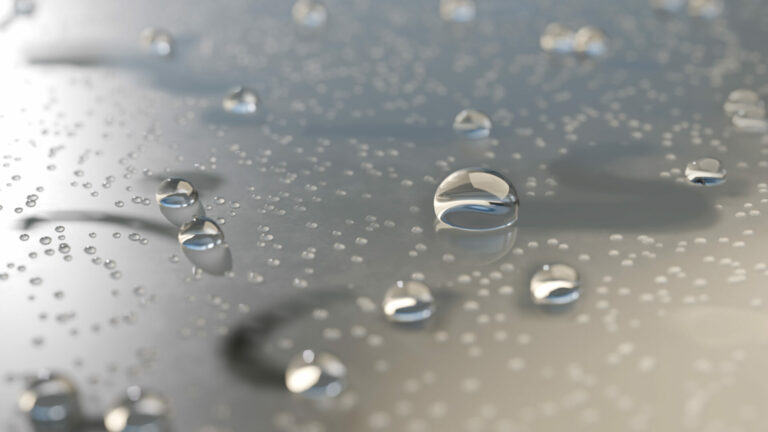
Mechanical Engineering
Dancing droplets’ new spin on water harvesting

Mechanical Engineering
Underwater air pockets smooth out the bumps
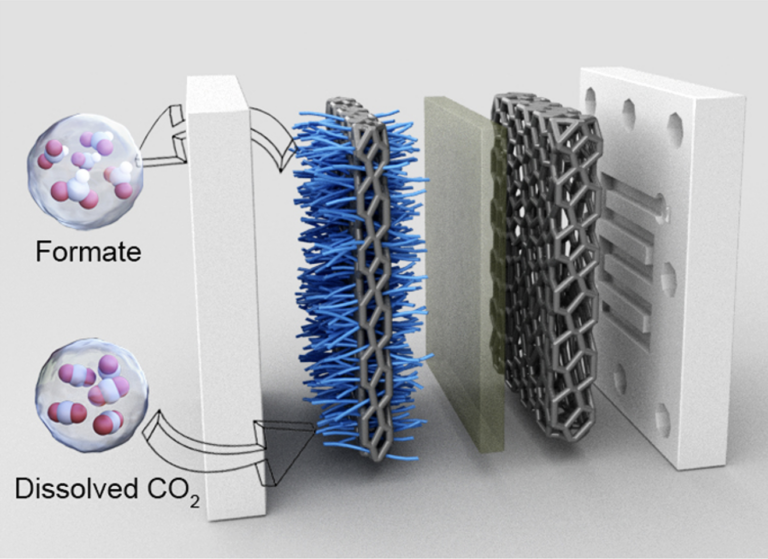
Chemistry
Squeezing more from carbon dioxide
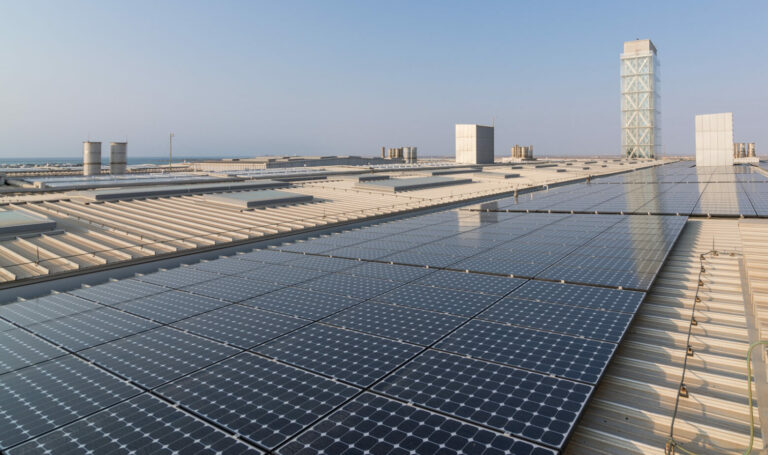
Applied Mathematics and Computational Sciences
Balancing renewable energy systems in Saudi buildings

Mechanical Engineering
Droplets reach lift-off
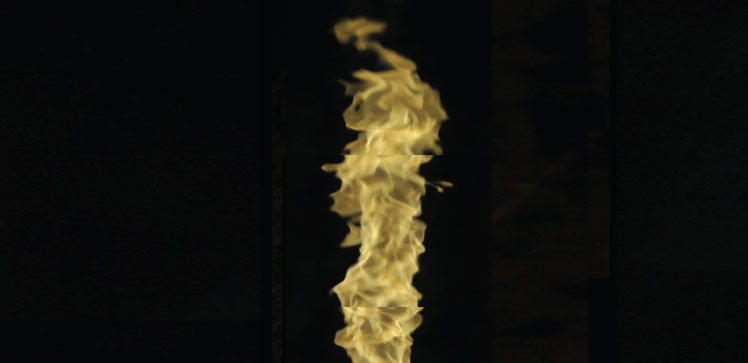
Mechanical Engineering
Laser imaging helps clean fuels live up to their reputation

Mechanical Engineering
Smarter sensor sniffs out target gases
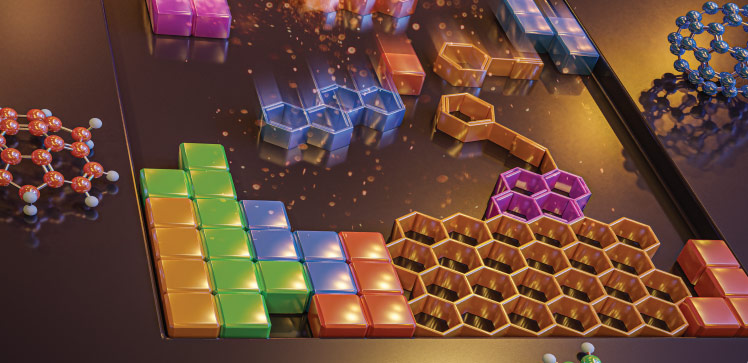
Mechanical Engineering




